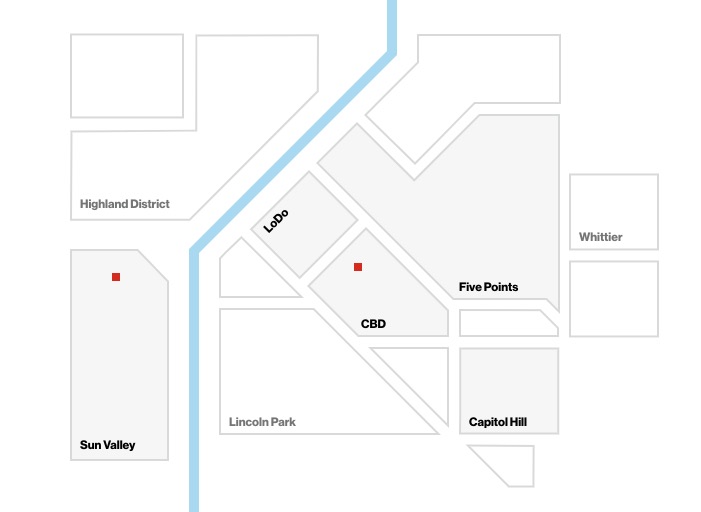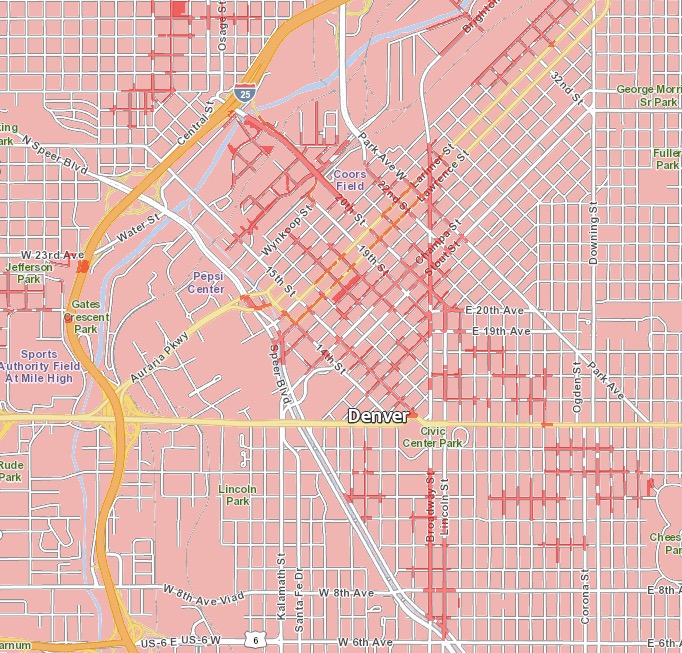Verizon’s 5G Ultra Wideband network is still in its infancy, though it has expanded to 18 cities now. The plan is for that number to jump to 30 cities before the end of the year, which at least on paper, sounds like a lot and that your chances of connecting to that 5G network have greatly improved. If you know anything about Verizon’s 5G technology, then you know the number of cities doesn’t really matter because the coverage in those cities is likely questionable due to the technology they chose to start their 5G network with. Thanks to Verizon publishing 5G coverage maps this week, we get to see exactly that.
If you jump through the link at the bottom of this post, you will find each of the 18 cities that Verizon currently has 5G in. By clicking on one, like Denver, you’ll get an overview of the city with highlighted landmarks where you might find 5G coverage. Another click on that map takes you into a clearer look, street by street, of Verizon 5G availability.
Not to drag Verizon’s 5G coverage any further than we already have, but you get by looking at the map above why we still do not think it’s necessary for anyone to buy a 5G phone today (or quite further into the future).
Verizon’s 5G Ultra Wideband network is built on millimeter Wave (mmW) technology, which has significant limitations. While extremely fast in optimal conditions, it struggles to hold connections with a phone beyond a few blocks, it often needs a direct line of sight between 5G cell and phone, and it struggles to penetrate buildings, including windows. So when you see 5G’s red color here spreading down streets, you should really almost take it as that, you might need to be in the middle of the street or sidewalk in order to get the most of that 5G connection.
To browse the rest of Verizon’s 5G maps for all of the other live markets, hit that link below.



Collapse Show Comments